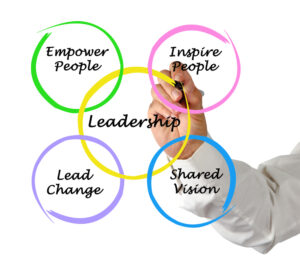
by Caroline Castrillon
Mock interviews, or practice interviews, aren’t just for students. In fact, a mock interview can benefit anyone at any experience level. Why? Because interview processes, tools and etiquette change over time.
A mock interview allows you to have a dress rehearsal where you can focus on building confidence, learning (or honing) interview skills and receiving valuable feedback. Also, it’s an increasingly competitive job market—especially for the technology industry. After mass layoffs, technical interviews are more grueling than ever. So, if you want to be well-prepared and stand out from the crowd, a mock interview is a great way to do it.
A mock interview is a practice session that simulates the interaction you would have with the actual interviewer. It can be conducted virtually or in person with a friend, mentor or former colleague. Preferably, choose an interviewer you trust who has industry-specific knowledge and experience. That way, the feedback you receive will be more objective, insightful and actionable.
The key to a successful practice interview is doing your homework. Here’s a guide to help you prepare so you can increase your chances of landing the ideal role.
Do Your Research
Mock interviews are most helpful if you treat them as seriously as the actual interview. In preparation, research the company to familiarize yourself with its goals, values and mission statement. Learn about the company culture and its competitive differentiators. Helpful information sources include the corporate website, social media sites, press releases and news articles. Use LinkedIn to find current employees who are willing to share information on what it’s like to work there. Remember, job interviews are a two-way street. So, as you conduct research, write down any questions you’d like to ask.






